Umut Özkaya
Deep Learning For Classification Of Chest X-Ray Images
Jan 06, 2023Abstract:In medical practice, the contribution of information technology can be considerable. Most of these practices include the images that medical assistance uses to identify different pathologies of the human body. One of them is X-ray images which cover much of our work in this paper. Chest x-rays have played an important role in Covid 19 identification and diagnosis. The Covid 19 virus has been declared a global pandemic since 2020 after the first case found in Wuhan China in December 2019. Our goal in this project is to be able to classify different chest X-ray images containing Covid 19, viral pneumonia, lung opacity and normal images. We used CNN architecture and different pre-trained models. The best result is obtained by the use of the ResNet 18 architecture with 94.1% accuracy. We also note that The GPU execution time is optimal in the case of AlexNet but what requires our attention is that the pretrained models converge much faster than the CNN. The time saving is very considerable. With these results not only will solve the diagnosis time for patients, but will provide an interesting tool for practitioners, thus helping them in times of strong pandemic in particular.
Classification of COVID-19 in Chest CT Images using Convolutional Support Vector Machines
Nov 11, 2020

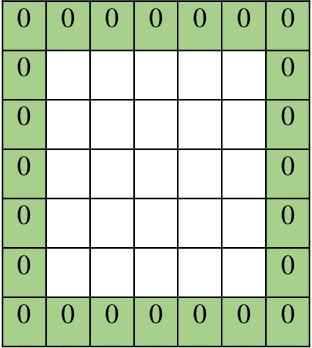
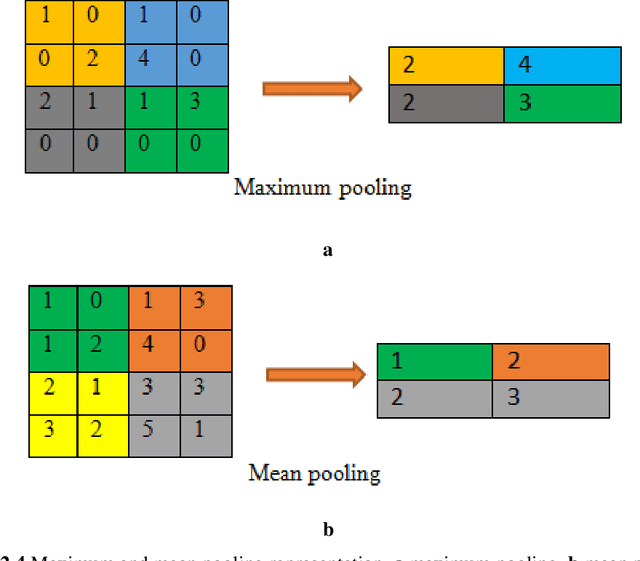
Abstract:Purpose: Coronavirus 2019 (COVID-19), which emerged in Wuhan, China and affected the whole world, has cost the lives of thousands of people. Manual diagnosis is inefficient due to the rapid spread of this virus. For this reason, automatic COVID-19 detection studies are carried out with the support of artificial intelligence algorithms. Methods: In this study, a deep learning model that detects COVID-19 cases with high performance is presented. The proposed method is defined as Convolutional Support Vector Machine (CSVM) and can automatically classify Computed Tomography (CT) images. Unlike the pre-trained Convolutional Neural Networks (CNN) trained with the transfer learning method, the CSVM model is trained as a scratch. To evaluate the performance of the CSVM method, the dataset is divided into two parts as training (%75) and testing (%25). The CSVM model consists of blocks containing three different numbers of SVM kernels. Results: When the performance of pre-trained CNN networks and CSVM models is assessed, CSVM (7x7, 3x3, 1x1) model shows the highest performance with 94.03% ACC, 96.09% SEN, 92.01% SPE, 92.19% PRE, 94.10% F1-Score, 88.15% MCC and 88.07% Kappa metric values. Conclusion: The proposed method is more effective than other methods. It has proven in experiments performed to be an inspiration for combating COVID and for future studies.
Grain Surface Classification via Machine Learning Methods
Sep 23, 2020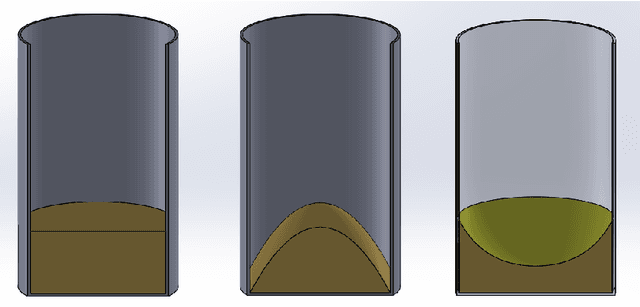

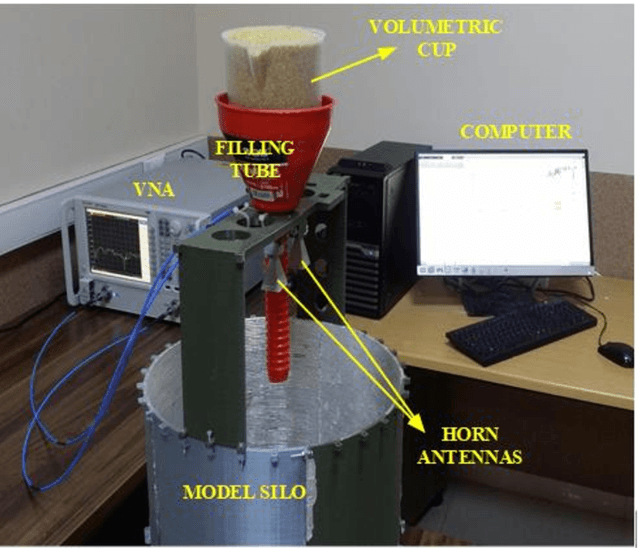

Abstract:In this study, radar signals were analyzed to classify grain surface types by using machine learning methods. Radar backscatter signals were recorded using a vector network analyzer between 18-40 GHz. A total of 5681 measurements of A scan signals were collected. The proposed method framework consists of two parts. First Order Statistical features are obtained by applying Fast Fourier Transform (FFT), Discrete Cosine Transform (DCT), Discrete Wavelet Transform (DWT) on backscatter signals in the first part of the framework. Classification process of these features was carried out with Support Vector Machine (SVM). In the second part of the proposed framework, two dimensional matrices in complex form were obtained by applying Short Time Fourier Transform (STFT) on the signals. Gray-Level Co-Occurrence Matrix (GLCM) and Gray-Level Run-Length Matrix (GLRLM) were obtained and feature extraction process was completed. Classification process was carried out with DVM. 10-k cross validation was applied. The highest performance was achieved with STFT+GLCM+SVM.
Automatic Target Recognition (ATR) from SAR Imaginary by Using Machine Learning Techniques
Sep 11, 2020


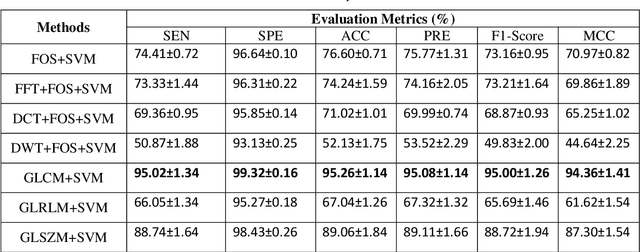
Abstract:Automatic Target Recognition (ATR) in Synthetic aperture radar (SAR) images becomes a very challenging problem owing to containing high level noise. In this study, a machine learning-based method is proposed to detect different moving and stationary targets using SAR images. First Order Statistical (FOS) features were obtained from Fast Fourier Transform (FFT), Discrete Cosine Transform (DCT) and Discrete Wavelet Transform (DWT) on gray level SAR images. Gray Level Co-occurrence Matrix (GLCM), Gray Level Run Length Matrix (GLRLM) and Gray Level Size Zone Matrix (GLSZM) algorithms are also used. These features are provided as input for the training and testing stage Support Vector Machine (SVM) model with Gaussian kernels. 4-fold cross-validations were implemented in performance evaluation. Obtained results showed that GLCM + SVM algorithm is the best model with 95.26% accuracy. This proposed method shows that moving and stationary targets in MSTAR database could be recognized with high performance.
 Add to Chrome
Add to Chrome Add to Firefox
Add to Firefox Add to Edge
Add to Edge